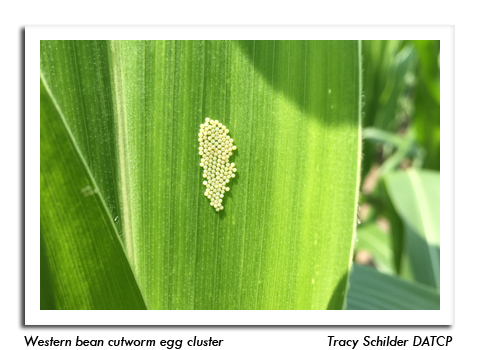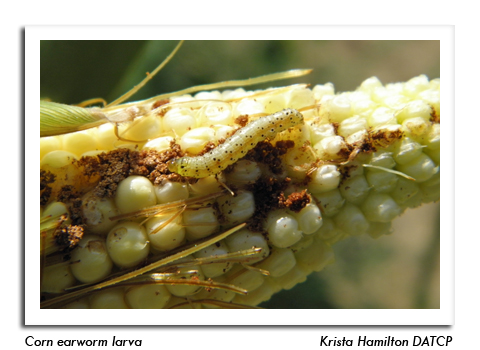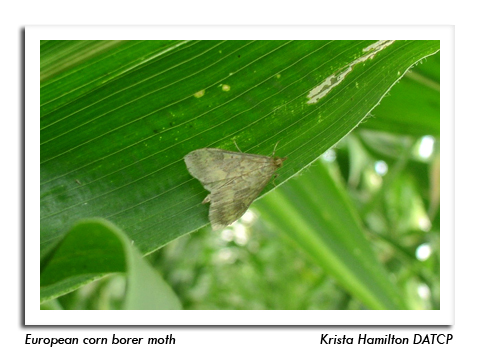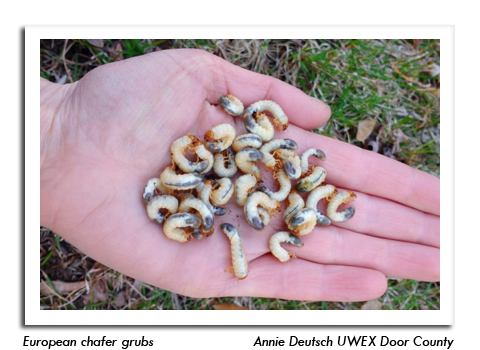
 |
|
|
Looking Ahead
Volume 64 Number 13 Date 07/25/2019 WESTERN BEAN CUTWORM - Approximately 25% of this year's moth flight is complete in areas south of Highway 21 and near Eau Claire. This event should occur between July 26-August 1 in the Appleton, Green Bay and Stevens Point areas. The optimal timing of field scouting to estimate egg density is around 2,577 degree days (min base 38°F/max 75°F), when 25% of the moth population has emerged. Egg masses were found on July 24 in Marquette County corn. CORN EARWORM - Moth migration flights were registered in Dane, Columbia, Dodge, Fond du Lac, Marathon and Rock counties this week. Numbers ranged from 2-19 moths per trap, with the highest capture reported near Ripon in Fond du Lac County. Egg deposition on available corn silks is beginning and will increase as more migrants arrive in August. Routine scouting is recommended for sweet corn with green silks. This pest's broad host range also includes industrial hemp, which should be monitored next month for signs of this pest. EUROPEAN CORN BORER - Summer moths are appearing in low to moderate numbers in black light traps. Peak flight is forecast for July 28-31 near Beloit, Madison and La Crosse, and from August 1-7 across much of the southern half of the state. The treatment window for second-generation larvae has opened in advanced locations with the accumulation of 1,550 degree days (modified base 50°F). SOYBEAN APHID - Surveys indicate aphid pressure remains low. Of the 36 soybean fields examined this week, none had an average density greater than 2.5 aphids per plant (100 aphids on 40 plants examined). Insecticide treatment has not yet been justified for any site sampled by DATCP this season. Scouting to assess soybean aphid densities is advised in the week ahead, with regular sampling continuing through the R5.5 stage in mid-August. EUROPEAN CHAFER - This destructive lawn grub has been found in Langlade County. According to UW-Madison Entomologist PJ Liesch, an adult beetle specimen was confirmed by his lab on July 10. The European chafer has been established since 2013 in Door County, where it has caused extensive lawn damage in Sturgeon Bay and surrounding areas. Many yards have been reduced to patches of dead grass due to a combination of root feeding by the chafer larvae and scavenging by birds, skunks, and other animals. The latest Langlade County detection confirms its Wisconsin distribution has spread beyond the Door Peninsula. Larvae of the European chafer are considered a more serious pest of home lawns than Japanese beetle because they feed later into the fall and earlier in spring, and may even resume activity during warm periods in winter. Property owners or lawn care companies who suspect European chafer damage are encouraged to send a specimen or photo to PJ Liesch at the UW Insect Diagnostic Lab for verification: http://labs.russell.wisc.edu/insectlab/contact-us/ -- Krista Hamilton, DATCP Entomologist 





|
|
|